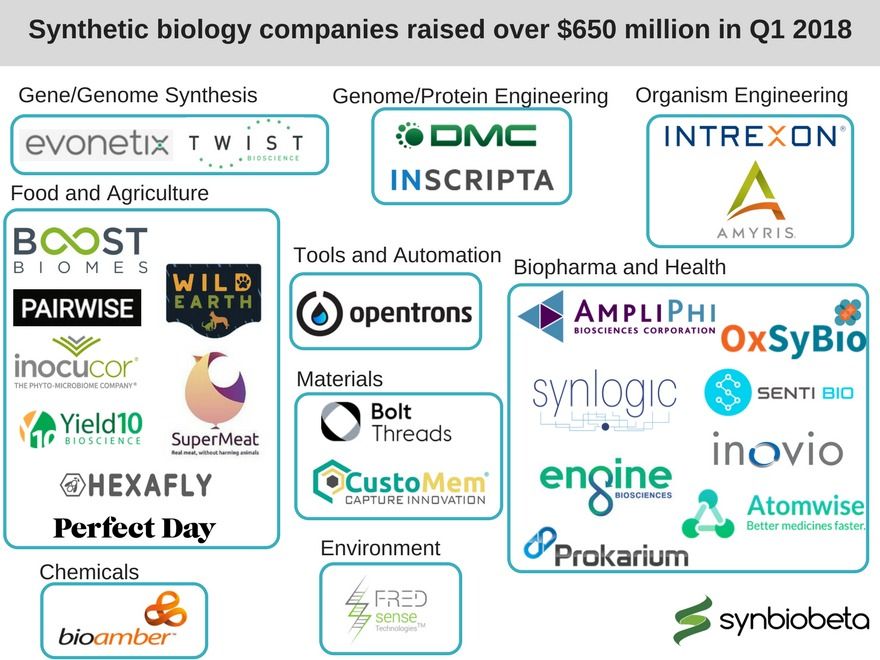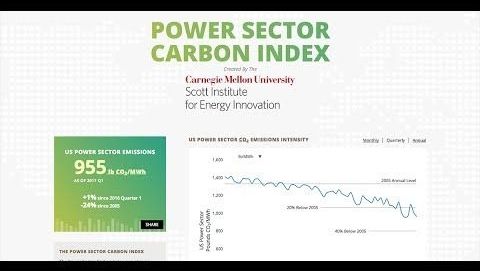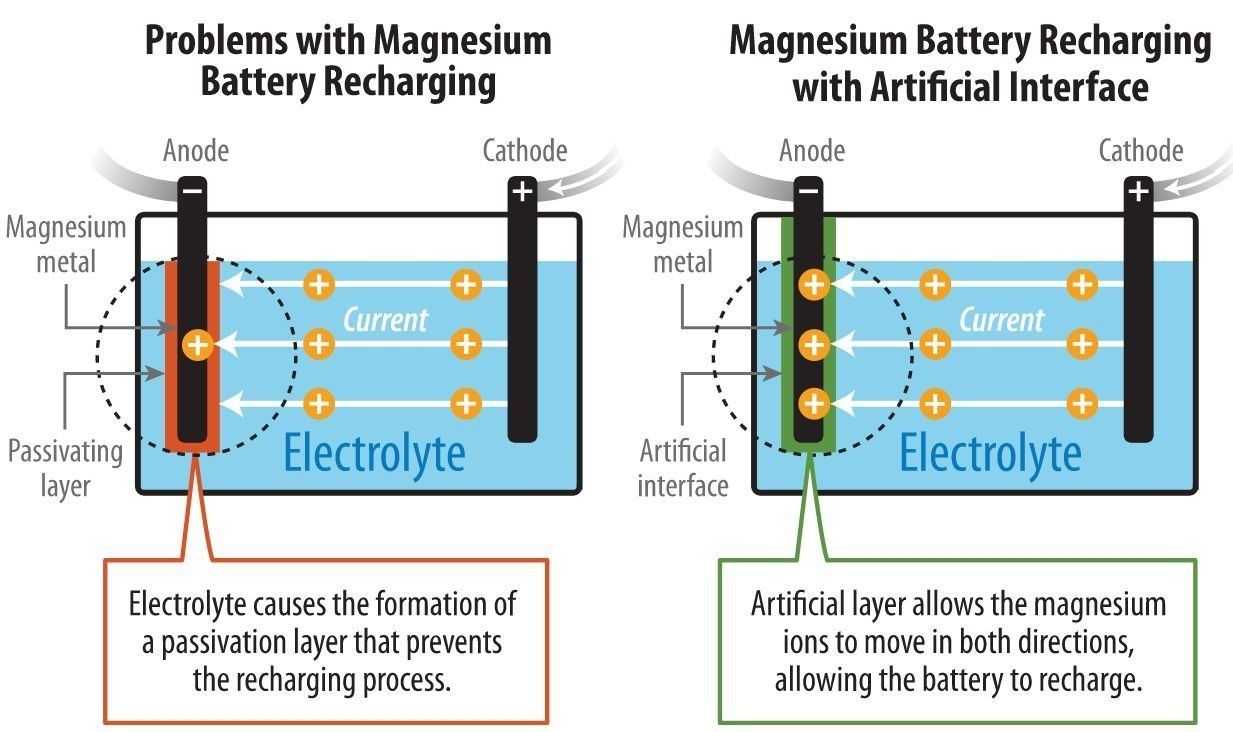Apr 4, 2018
Is the Preservation of Beauty as we Age Just Vanity?
Posted by Steve Hill in categories: biotech/medical, life extension
How many times have you heard someone say that the pursuit of beauty, or of its preservation over time, is a “vain” endeavor? My guess would be probably many. That’s why you need to tread carefully if you plan to present the preservation of looks as an argument in favor of rejuvenation biotechnology—you might be stepping into a minefield.
Quite frankly, I never got what’s so wrong with wanting to maintain youthful beauty over time, and I’d tend to think we’re dealing with a fox-and-grapes situation here.



















